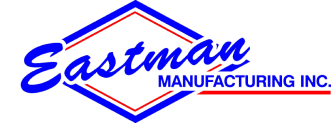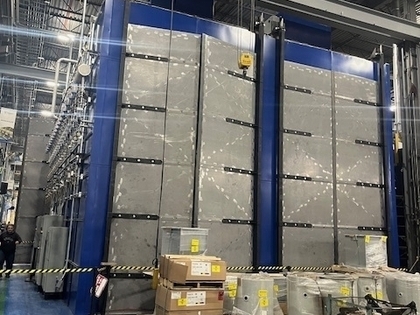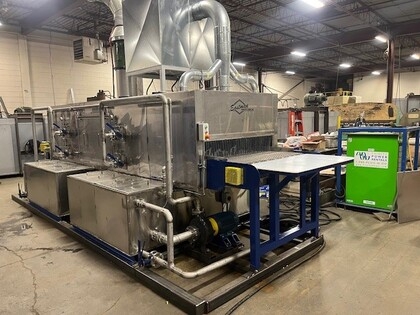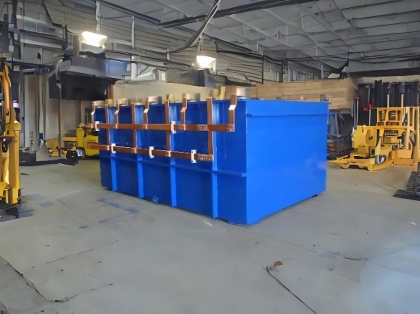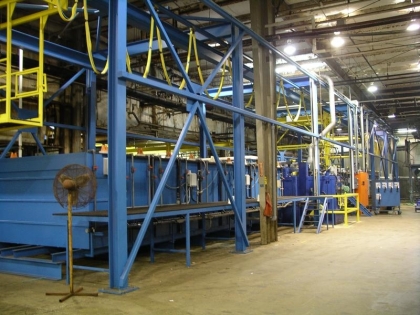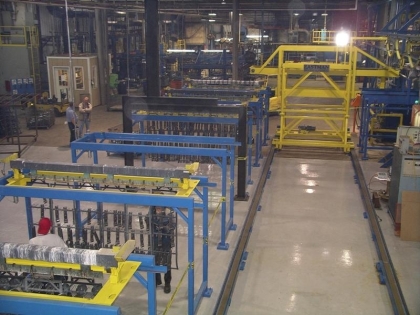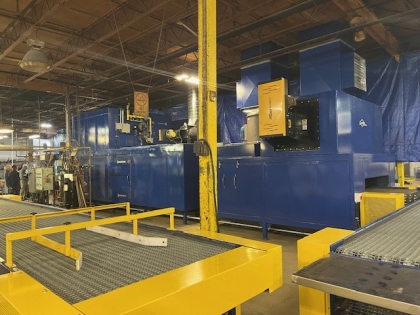The Factors Crucial In Designing Custom Conveyor Ovens
As a fabricator of industrial ovens within the heat processing industry, we’ve learnt a thing or two since our establishment in 1992. One of these being the staying power that conveyor ovens continue to display, dominating a number of production lines thanks to their versatility.
Whether it’s for automotive parts or paint curing, such versatility in application only lends itself to the notion that facilities should seek out custom ovens that are designed with their processes and product in mind.
To set you on the right path, let’s look at how certain design parameters, e.g. product dimensions, parts per hour, heat exposure, etc., are tantamount to the oven you end up with.
Main Types of Conveyor Oven
There are two forms that are prevalent in the manufacture of conveyor ovens: horizontal, and camel-back.
Horizontal Oven – utilises a flat metal conveyor, often made from wire mesh, that passes atop gas burners. Products undergo heating by way of pipe ribbon gas burners that are as wide as the conveyor itself. It is not uncommon for these ovens to be 120m long and divided into distinct regions, all with their own burners, ducts (for expulsion of smoke and gases), and air and gas controls (allowing for specificity in temperatures during conveyance).
Camel-Back Oven – one of the more prominent differences upon first sighting will be the entrance and exit slopes, both slanted at 45° (hence the ‘camel’ prefix) to promote heat retention due to its sealing effect and to exploiting the phenomenon of hot air rising. Much unlike its horizontal counterpart, products to be heated are conveyed through the oven by being suspended from an overhead conveyor.
How Oven Capacity and Dimension Are Determined
The three factors that influence the manufacture of conveyor ovens are:
- Length of belt
- Width of belt
- Speed of belt
The length of the belt is necessary to establish the absolute amount of heat that the product can be exposed to during its travel through the oven. Width is a measure necessary in determining a conveyors upper limit for accommodating a certain number of products at once. Finally, belt speed helps quantify the deviation of heat exposure for a product, i.e. stoving time.
Your Home for Customised Industrial Ovens
No matter the scale or complexity, when it comes to industrial ovens, we’re serious in our approach at Eastman Manufacturing. How so? By reigning control over all parts of a project, i.e. little to no outsourcing, you can be sure adherence to quality, whether it be design, engineering, manufacturing, or even installation, is under our grasp by being conducted in-house.
Get in touch to better understand why the number of clients we service across North America shows no signs of stopping, and why we’d love to have you on board!
